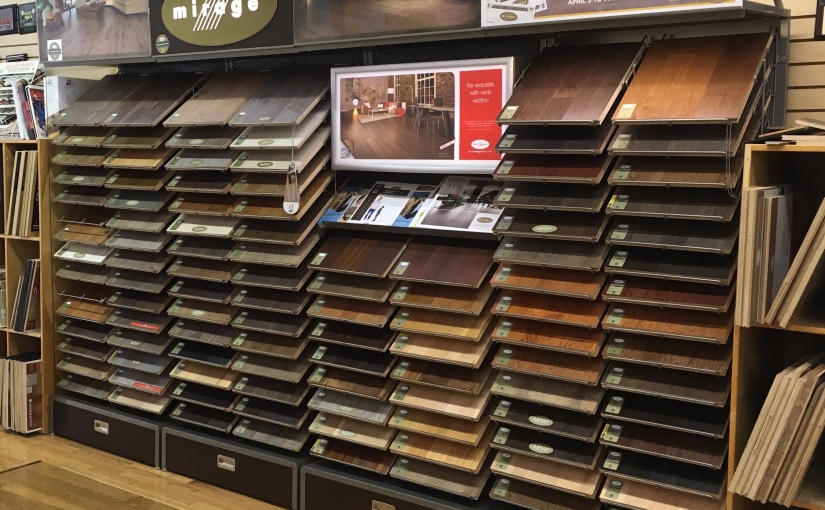Here in Medford, NJ, we look forward to the spring time when the Garden State starts to bloom. As much as we enjoy the warm weather, we’re disappointed to wake up to the outdoors coated in a layer of pollen.
Whether your allergies are seasonal or all year round, you want to breathe easy in your home. The type of flooring you choose affects the air quality in your home. Some flooring types make it easy to remove allergens from your home. Other types of flooring trap allergens and release them into the air.
Some floors are high in volatile organic compounds, or VOCs. These chemicals can be released from many products in your home, including building materials like flooring. Products high in VOCs can irritate allergies. Flooring certified by the California Air Resource Board (CARB) are low in VOCs.
If you have allergies, it’s important to pick the right flooring to limit allergens in your home. We’re ranking common types of flooring from best to worst for allergies.

Types of Flooring for Allergies, from Best to Worst
Best Flooring for Allergies: Prefinished Solid Wood Flooring
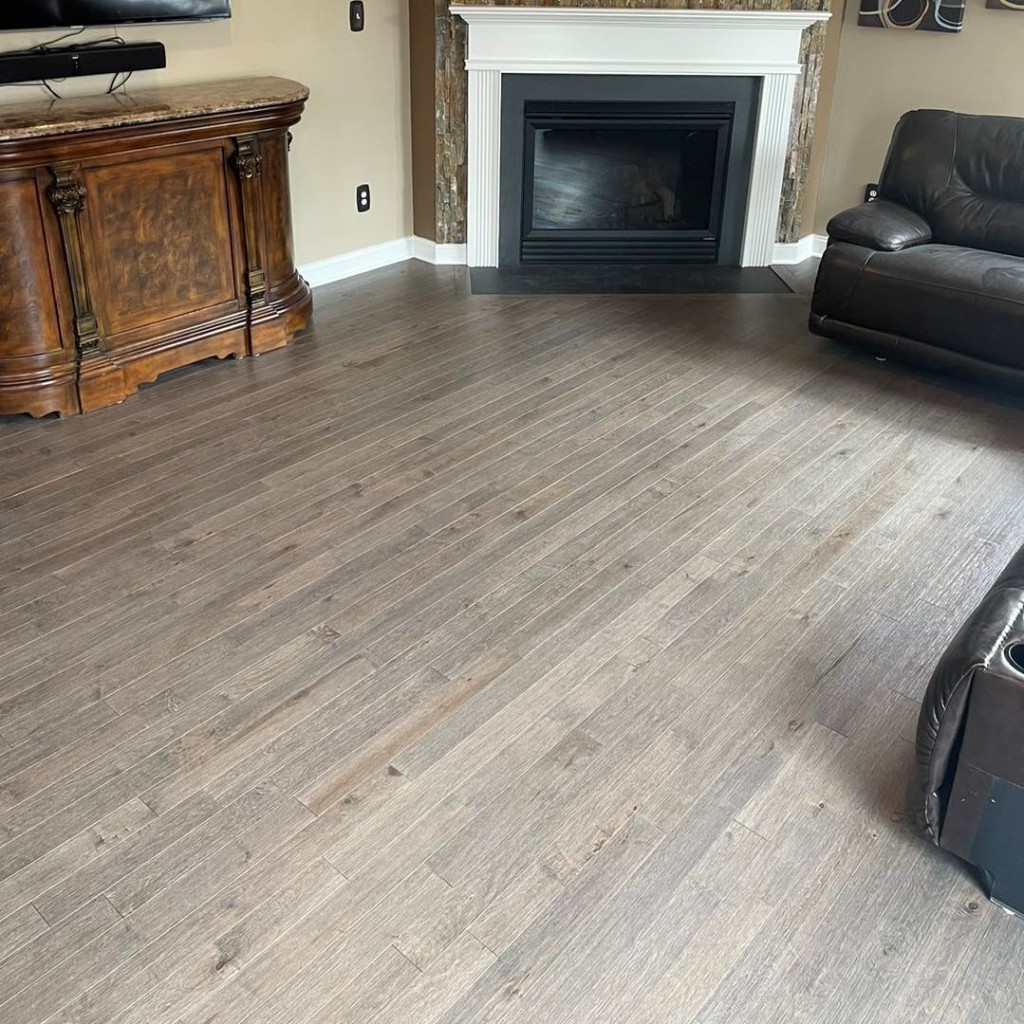
Prefinished wood flooring is sanded, stained, and finished at the mill, so there is no fumes or dust after the flooring is installed. Wood flooring is easy to clean and doesn’t store allergens.
Solid wood flooring actually improves the air quality in your home. As a tree grows, it takes in carbon dioxide and produces oxygen. When a tree is made into wood flooring, the wood still takes in carbon monoxide out of your home’s air.
Engineered Wood Flooring
Engineered wood flooring has the same benefits of solid wood flooring. It’s easy to clean up dust and other allergens. Like, solid wood, engineered wood removes and stores carbon dioxide from the air.
When gluing down an engineered flooring, some adhesives may irritate allergies, but it will dry and the smell will go away. During a glue down installation, we use a low-VOC adhesive that has a minimal smell that quickly disperses.
You should only buy engineered flooring that are CARB certified and from trusted brands. Between 2016 and 2019, the California Air Resources Board fined 15 companies for violations related to composite wood. We only sell flooring from trusted brands with a track record of safety.
Site-Finished Wood Flooring
After installing unfinished wood, the wood needs to be sanded, stained, and coated in finish. The sanding process creates a lot of wood dust. We use a dustless refinishing system, but even that will create some dust. We use water-based finish that dries with a minimal odor, but other finishes have a stronger odor that may irritate people with sensitivities.
Once the finishing process is over, site-finished wood flooring are easy to clean and great for allergies. Just like prefinished wood, site-finished wood will But if you have sensitivities to dust or strong odors, the process of site finishing a floor may be a problem.
Luxury Vinyl and Laminate Flooring
Luxury vinyl and laminate flooring are hard surface flooring products, so they are easy to clean to remove dust and allergens. However, it does not store carbon dioxide like wood.
You should only by luxury vinyl or laminate flooring that are CARB certified and from trusted brands. In 2016, Lumber Liquidators was fined $2.5 million by the California Air Resources Board for selling laminate flooring that was labeled as CARB compliant, but had high levels of formaldehyde. Avoid liquidator stores that sell store branded or non-branded flooring for suspiciously cheap prices.

Worst Flooring for Allergies: Carpet
Even in the cleanest of houses, carpet fabric traps common allergens. Pet dander, pollen, mold, and dust can cling to the carpet fibers. Stepping on the carpet releases allergens trapped in the fibers into the air.
Regular vacuum brushes and rollers don’t reach to the bottom of the carpet, so allergens and germs stay trapped into the fibers. According to research by microbiologist and immunologist Philip Tierno Jr., Ph.D., the average carpet contains 200,000 bacteria per square inch–4,000 times more than the toilet seat.



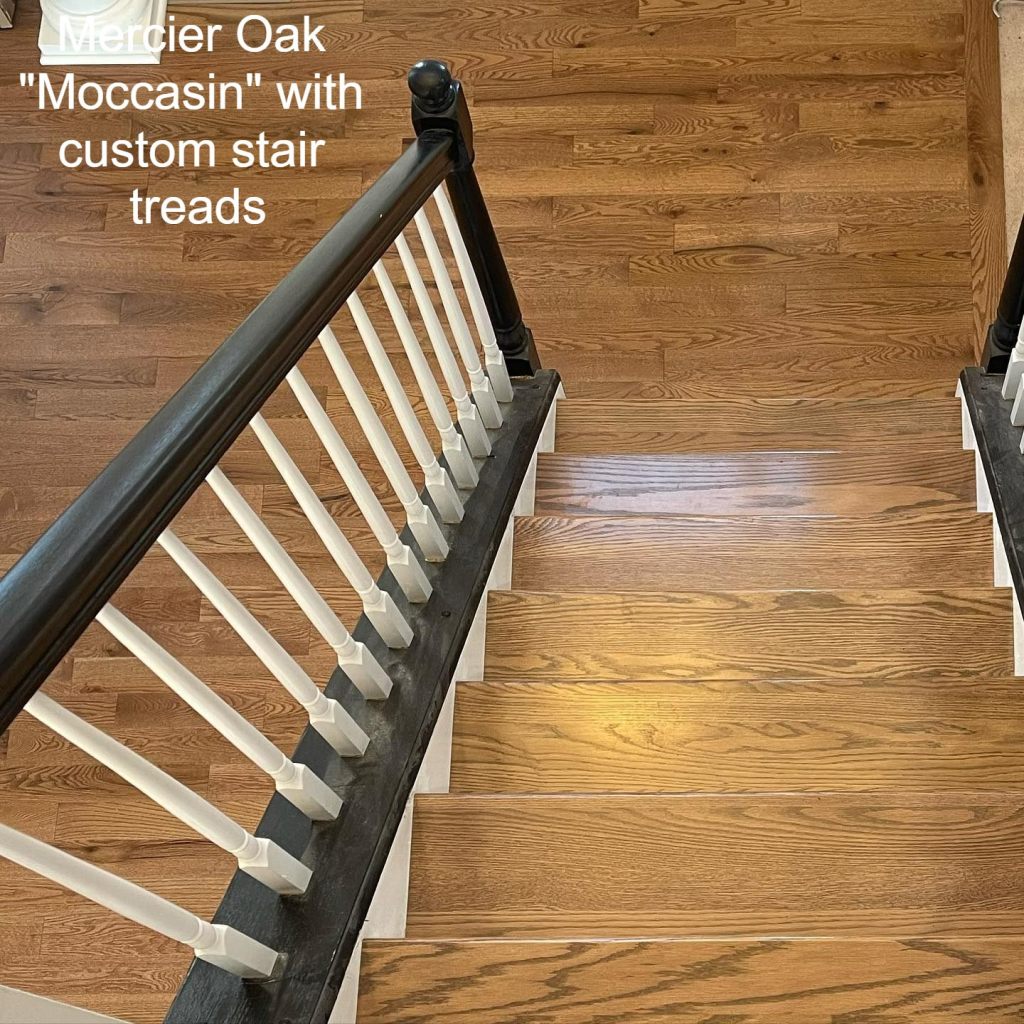
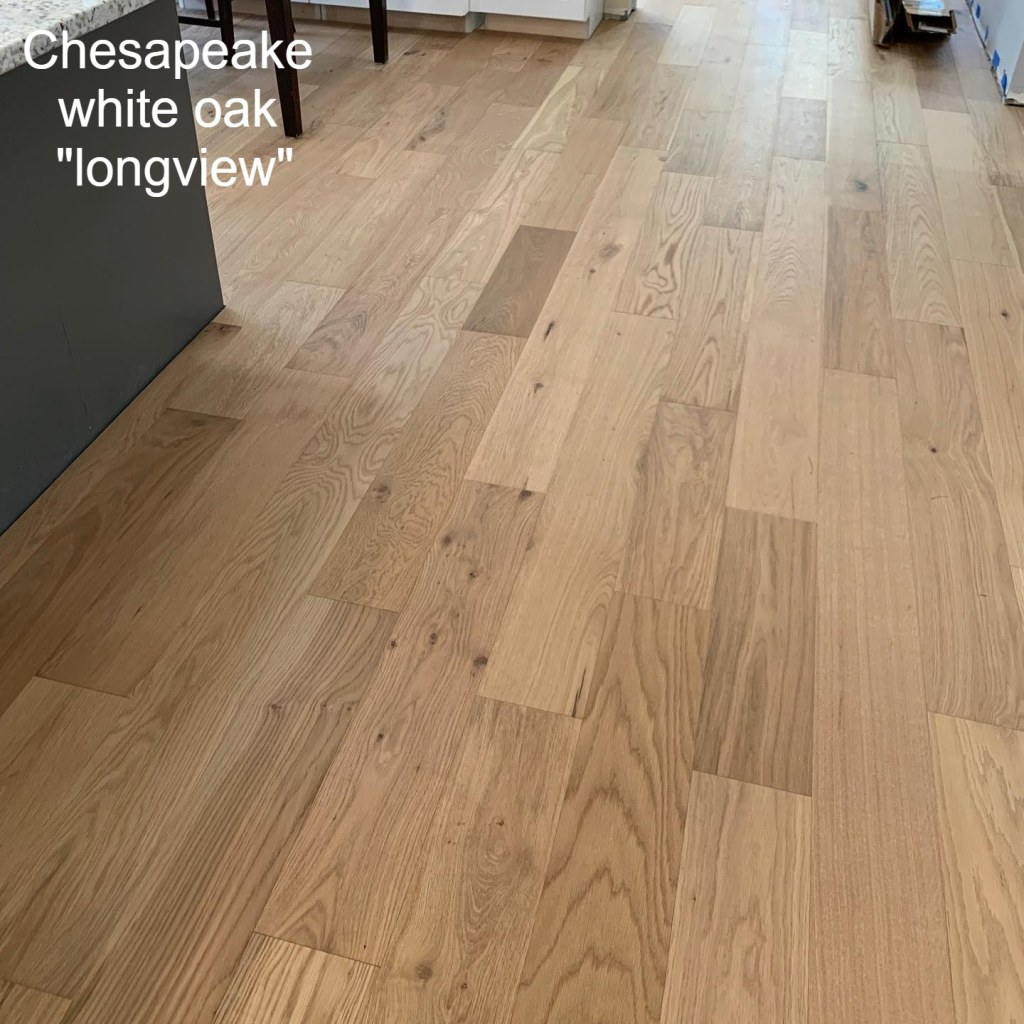
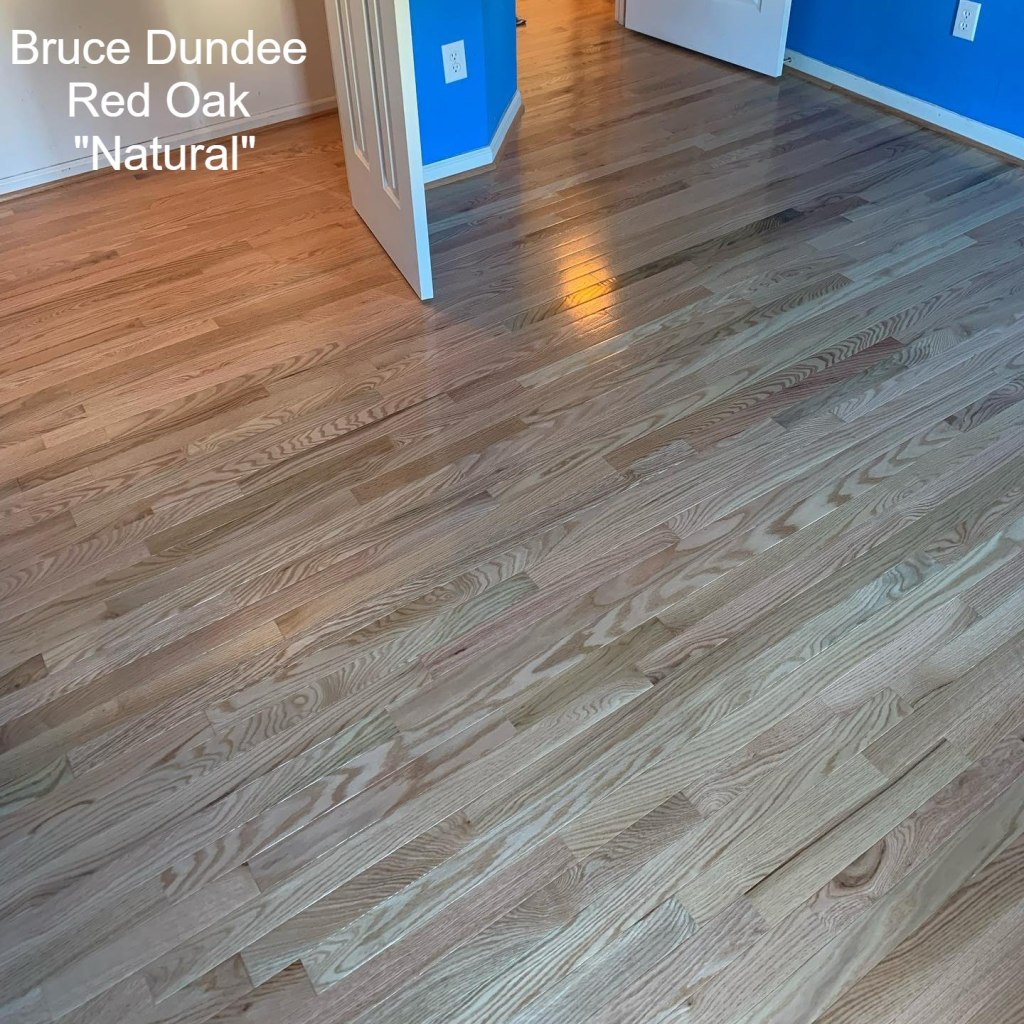


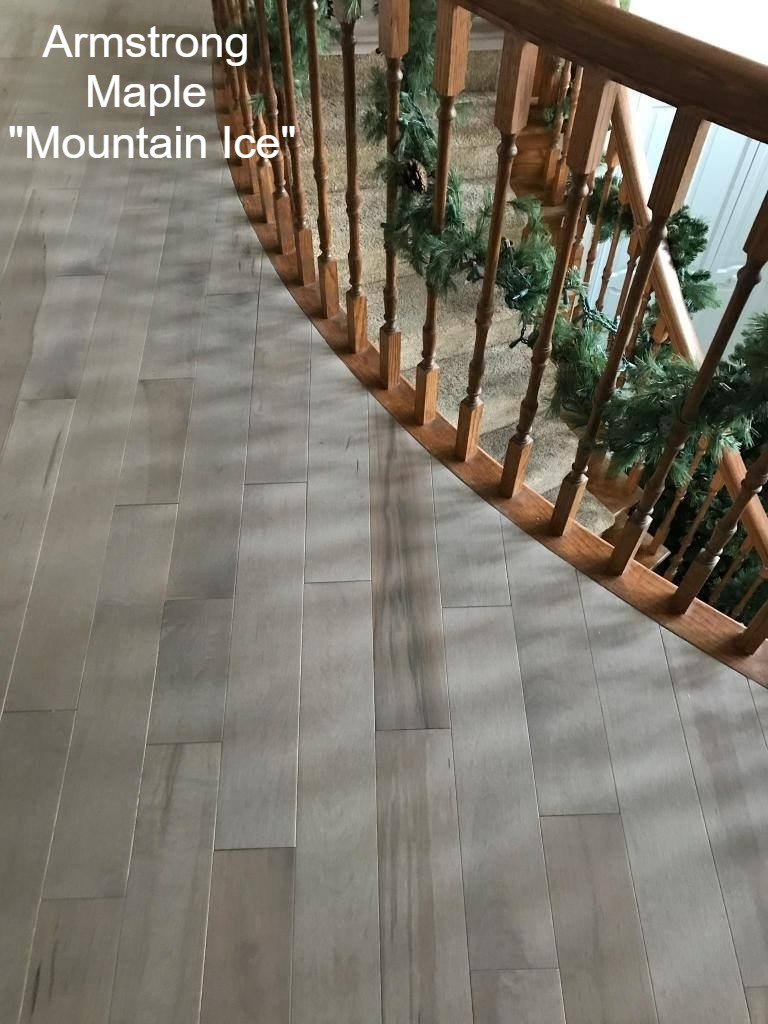

























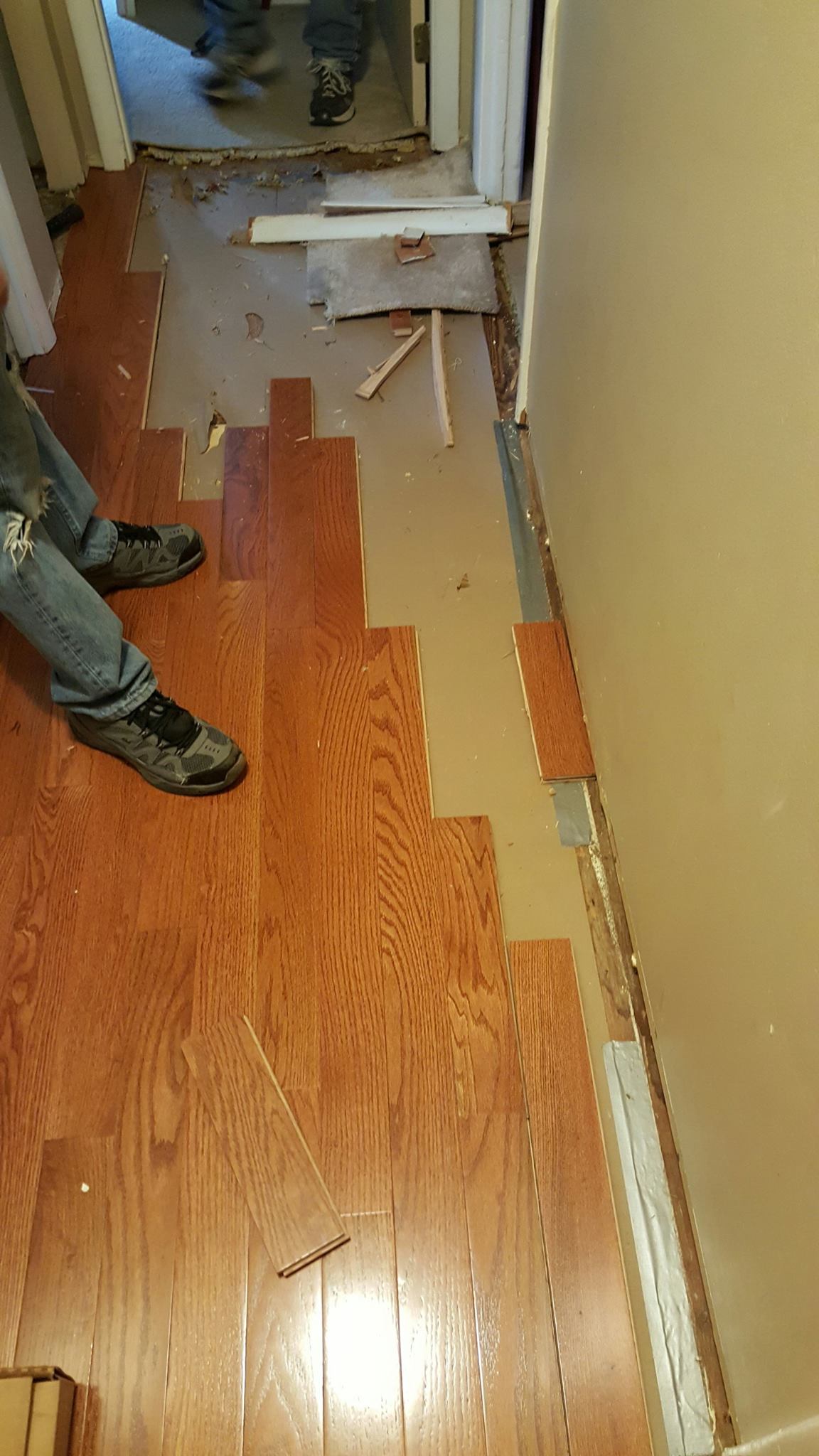
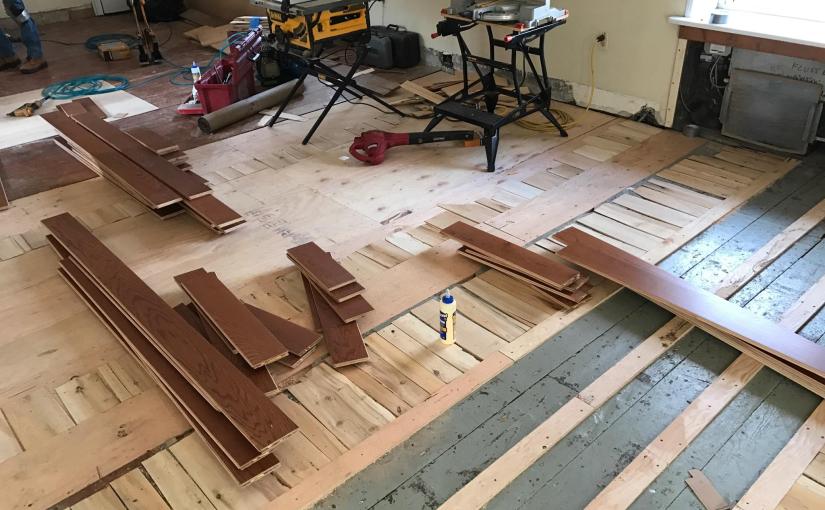

 Fact: All that is required for cleaning hardwood flooring is floor cleaner and a dry mop, along with a broom or vacuum. We do not recommend using any “refreshers” or wet mops to clean hardwood floors. Hardwood floors are as easy, if not easier, to maintain as other popular kitchen flooring types.
Fact: All that is required for cleaning hardwood flooring is floor cleaner and a dry mop, along with a broom or vacuum. We do not recommend using any “refreshers” or wet mops to clean hardwood floors. Hardwood floors are as easy, if not easier, to maintain as other popular kitchen flooring types.